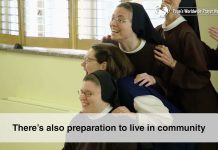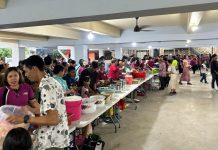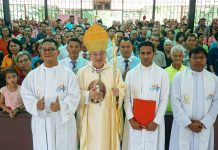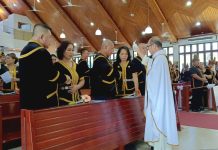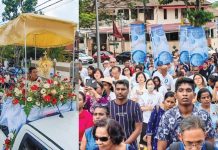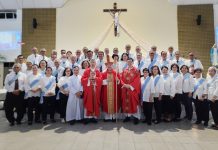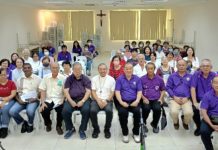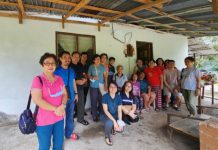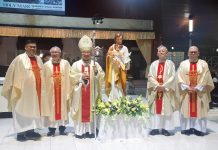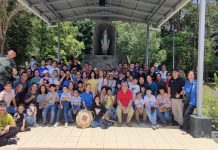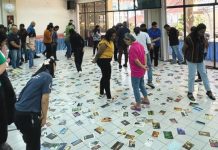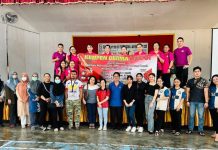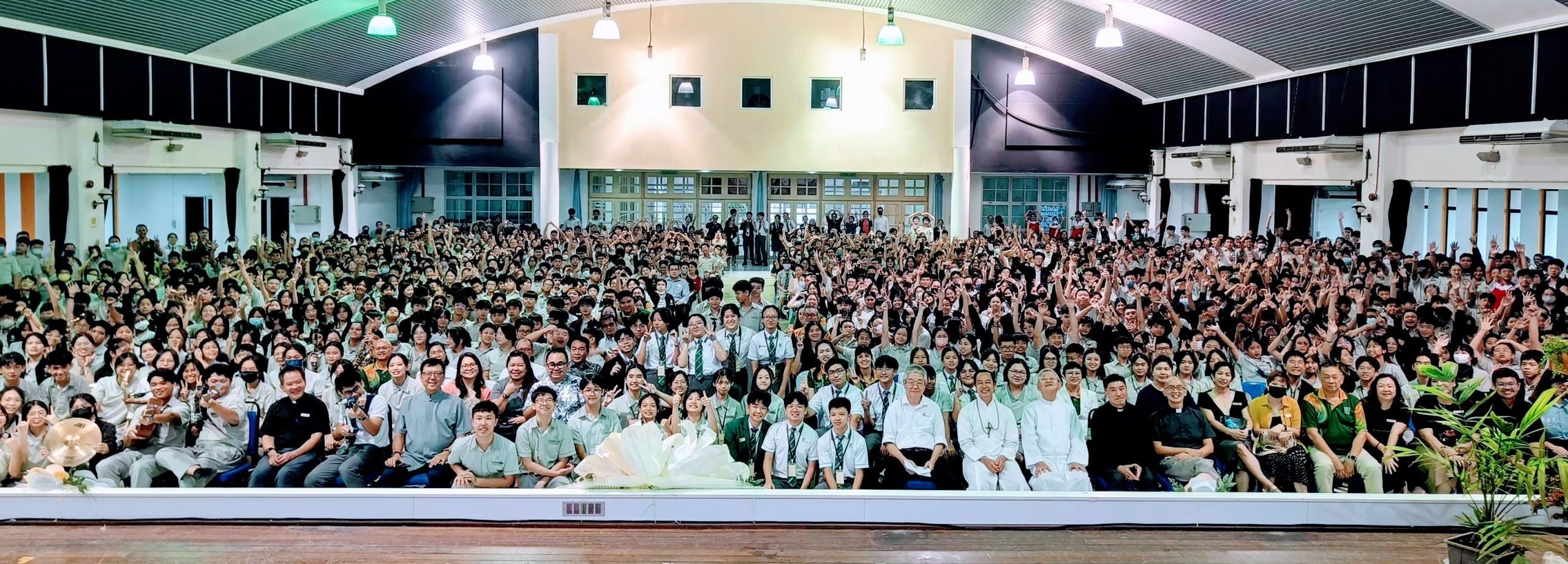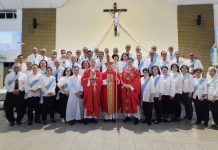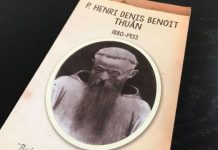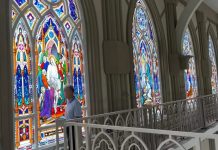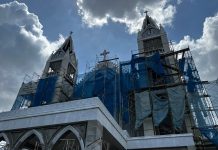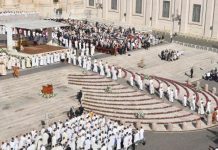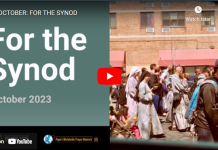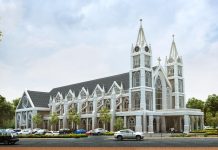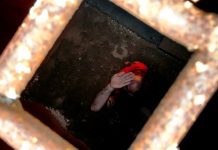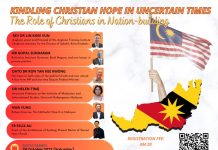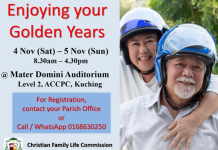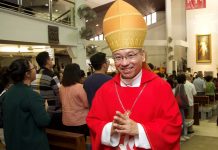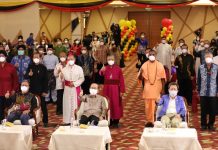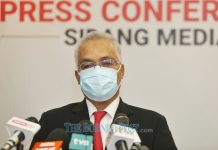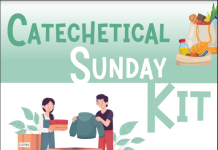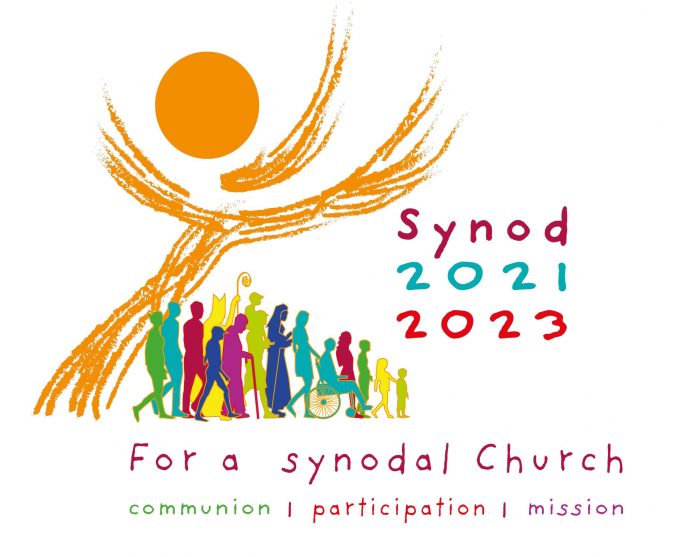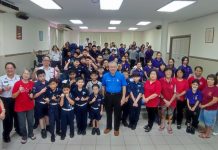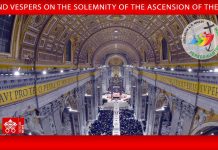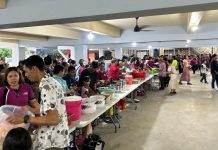By Charles Bertille
KUALA LUMPUR — At the meeting with bishops and national synod coordinators on Monday 8 November, the Synod Secretariat from Rome emphasised the need for preparing facilitators in parishes who can animate the people, learn to have conversations, listen and discern together. They urged to invest in formation before carrying out the consultation. The meeting was held online to hear updates from the ground as well as to respond to any need for clarifications.
Sr Natahalie Becquart, the undersecretary for the Synod of Bishops, welcomed everyone and emphasised once again in her presentations the objective of the Synod process is simply a personal and collective conversion to a more synodal way of being Church. This synodal conversion requires new ways of relating among us, added Dr Christina Kheng, a member of the Methods Team for the Synod.
The one and half hours spent together among certain English-speaking countries from Asia, Africa, Eastern Europe and Britain was rich listening to the various ground experiences, contemplating the creativity of the Holy Spirit and the diversity of our church. A number of significant reflections were shared and questions raised.
A Kairos moment – A missionary priest from Asia shared his thoughts that the synod offers an opportunity to renew and revitalise the church through a bottom-up movement at parish, district and diocese levels. It is a ‘dangerous move’ he teased, for through the processes if lived out well, can become a grace-filled or Kairos moment for the Church. A bishop echoed this when he pointed out the paradigm conversion for clergy, religious and laity that is built into the synodal process.
Inter religious and ecumenical dimensions – Some local churches added questions on inter-religious relations and shared the synod materials with other Christian churches and their counterparts. Being a minority in many countries, the feedback and help of all people of good will, who can help the church be church is welcomed. A bishop from Asia expressed a similar interest coming from the spouses of catholics and even inter-religious leaders who asked to use the synod methodology.
Picking up on this, Sr Nathalie recalled that the Vatican II Council document, Nostra Aetate, speaks of the Holy Spirit not only at work within the church but also among all people of goodwill in the world. She reminded too that during the Synod on Youth in Rome, Pope Francis had explicitly asked for the participation of a select group of non-christian or youth of other faiths to be present and to give their reflections.
While the primary focus for the synod process are catholics, the Vademecum spells out more details on engagement with other christians and religions in article 2.1. The exercise has to be adopted according to the local context. It was recommended that the person in charge for such at the diocese level, and the bishop/s in charge of the same at the Conference level be involved in the process.
Catholics are not used to be asked – A bishop from Africa shared of the peoples’ disbelief that they were being consulted on the internal life of the Church. He said the bishops conference had extensive sharing among the bishops, which was beneficial, before launching into the process. They really want the people to participate and do not want the priests to dominate the process.
Fear of expressing – The fear of expressing or difficulty people have in certain cultures to express themselves especially in front of their leaders was acknowledged. The catholic faithful are also afraid to express themselves, as they are afraid of the authority of the Church. (In such situations, we have to be attentive not to reinforce the old culture or existing patterns of inter-action, but develop a new style and tap into the methods proposed by the Synod.)
Participation of congregations and movements – The few religious who were present raised the question on where they are supposed to participate and contribute – within their congregations or in the local church? The Synod Secretariat strongly suggested for all diversity of the People of God to be involved in processes within local churches. They can also carry out their reflection internally, but what is relevant is then shared with the local church.
Communication internal and external – A concern was raised on how the local churches communicate on the synod within and outside the church. How do we hold the good news, the message of the synod?
Thierry Bonaventure from the Communications team of the Synod Secretariat responded by quoting McLuhan, “The medium is the message.” In other words, the method proposed by the synod is the content and experience of church itself. The Communications team is also building up a special website for the synod and would like to highlight here models and strategies adopted in local churches, share best practices, and build up a network of communicators. As the synodal process is about sharing, they also encouraged local churches to share materials and resources with one another.
Workbook on spiritual exercises – A workbook on the spiritual exercises is in the pipeline, to help individuals and communities deepen in the spirit of synodality. The release of the workbook will be announced in the coming weeks.
Celebrating – Sr Nathalie reminded everyone on the importance of celebrating locally or regionally the conclusion of the synodal process, just as there was a celebration to mark its launch.
The heart and methodology of the synodal process invites us to go out to encounter others, to listen deeply, and discern the movement of the Spirit in all things.

